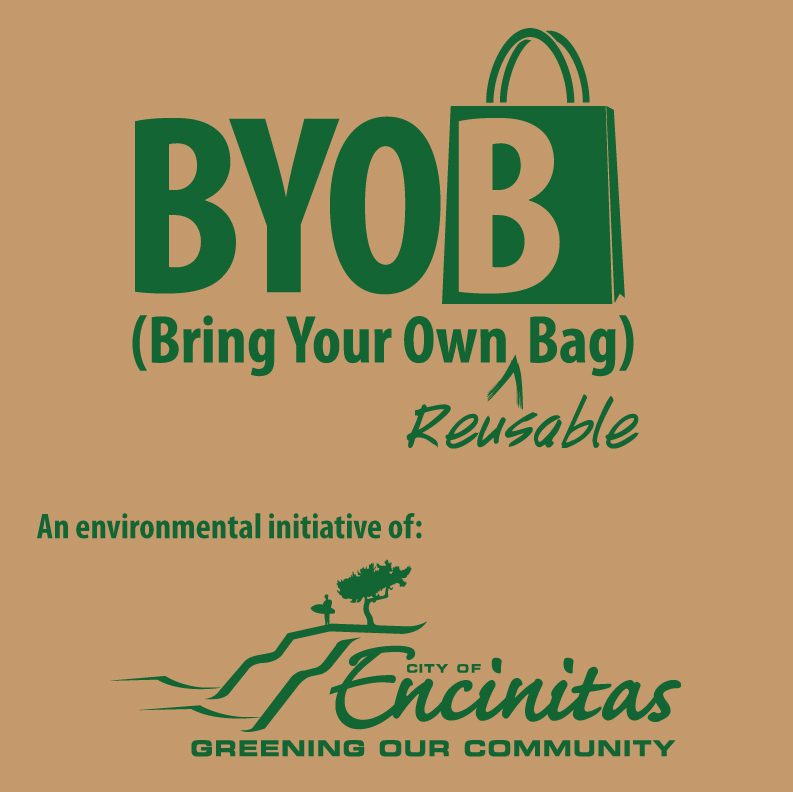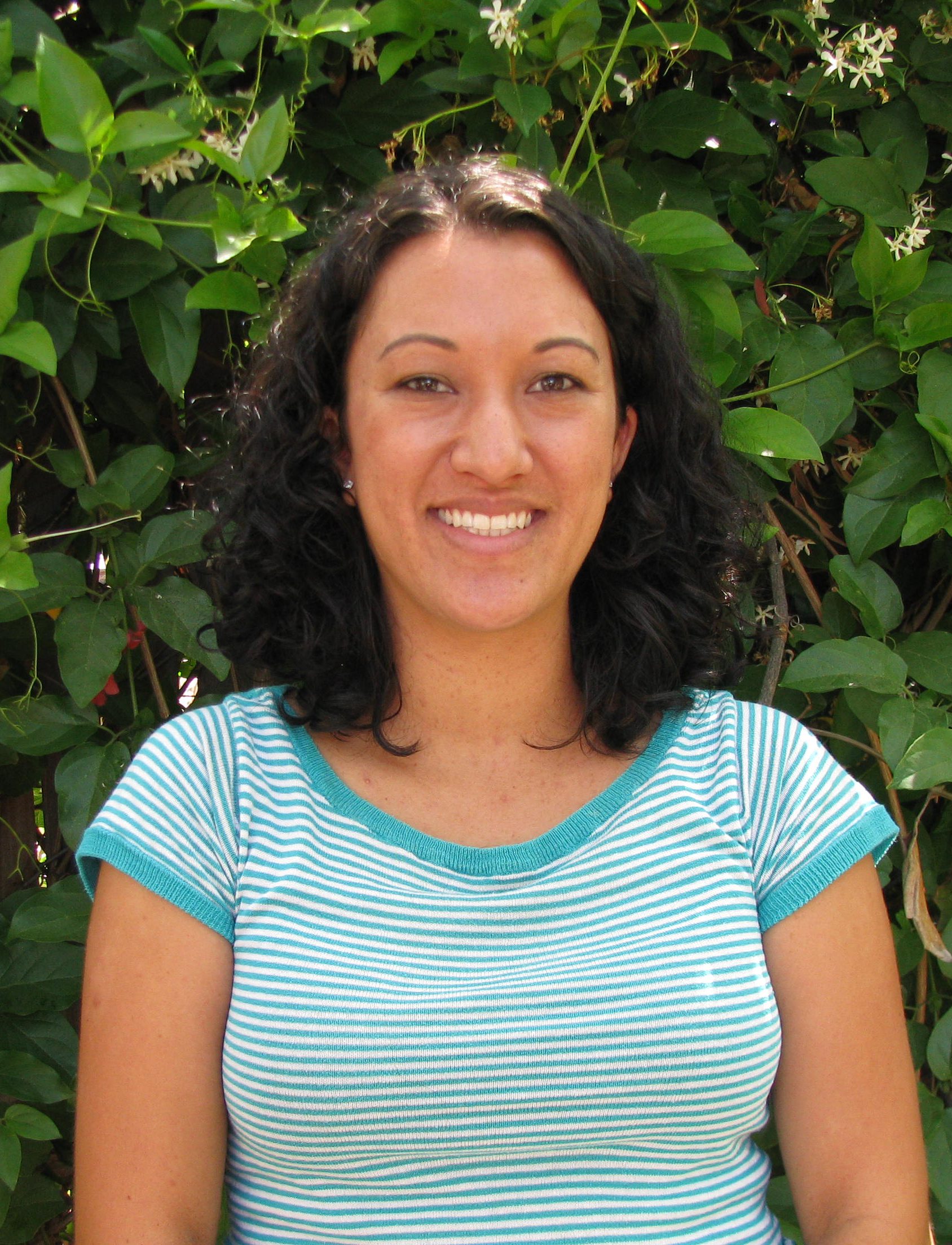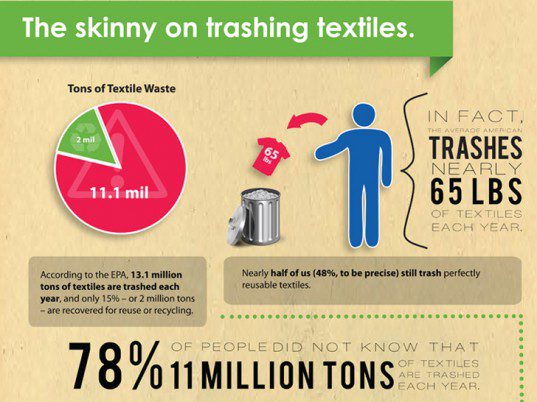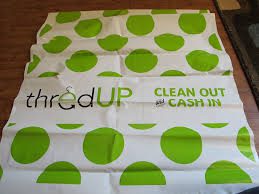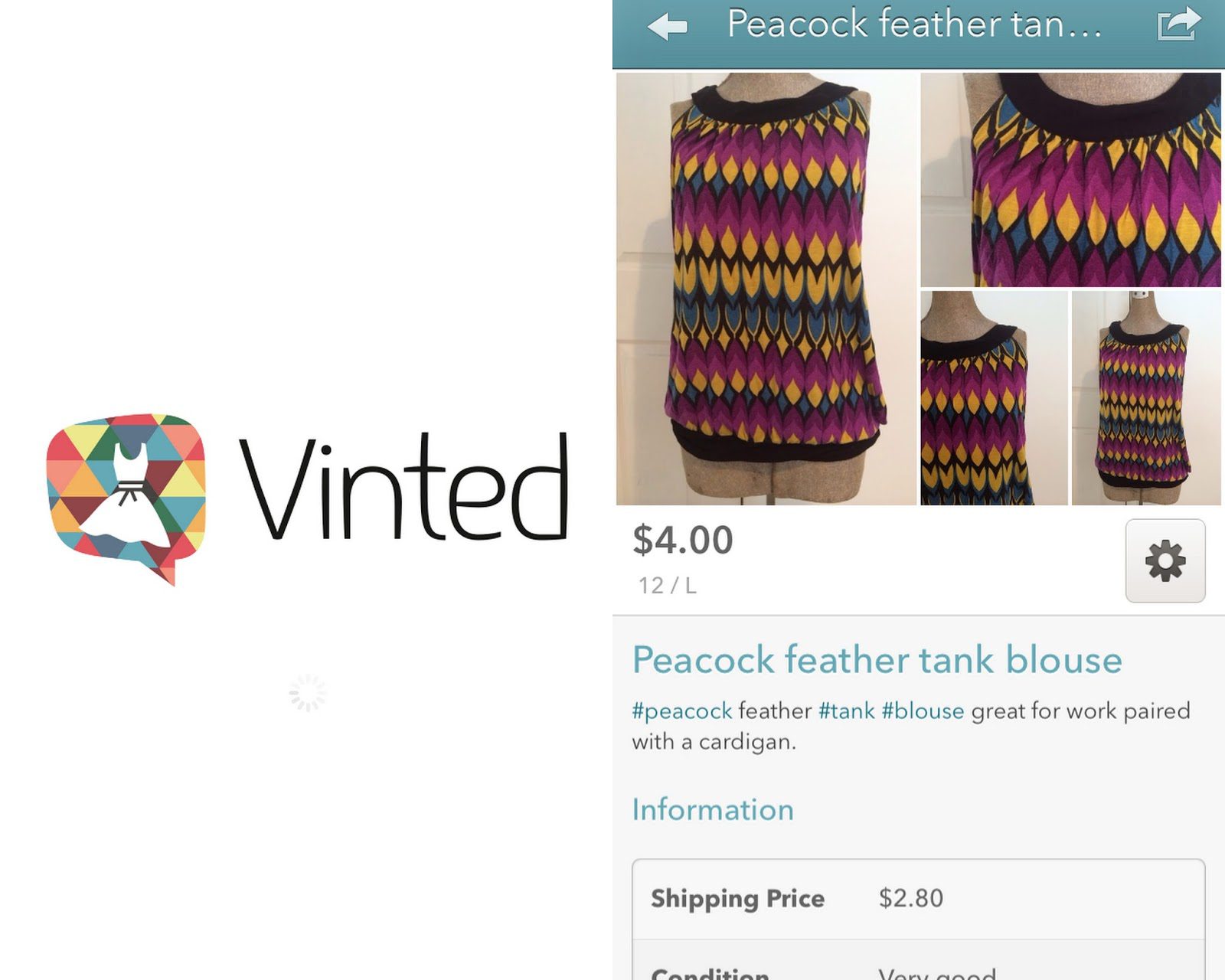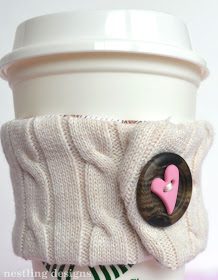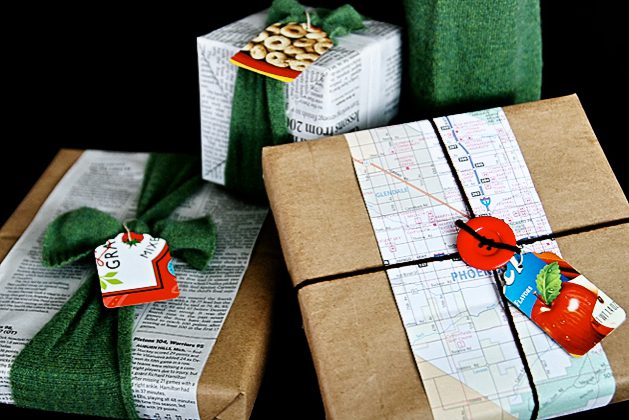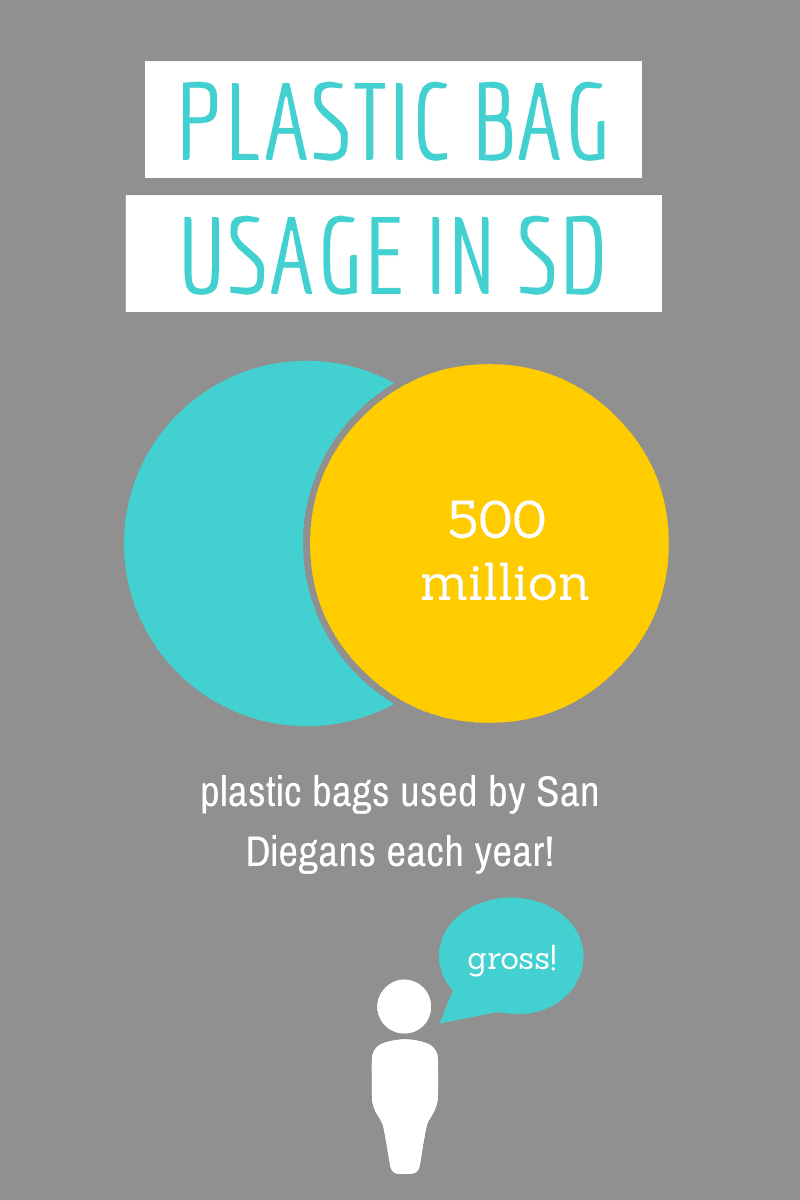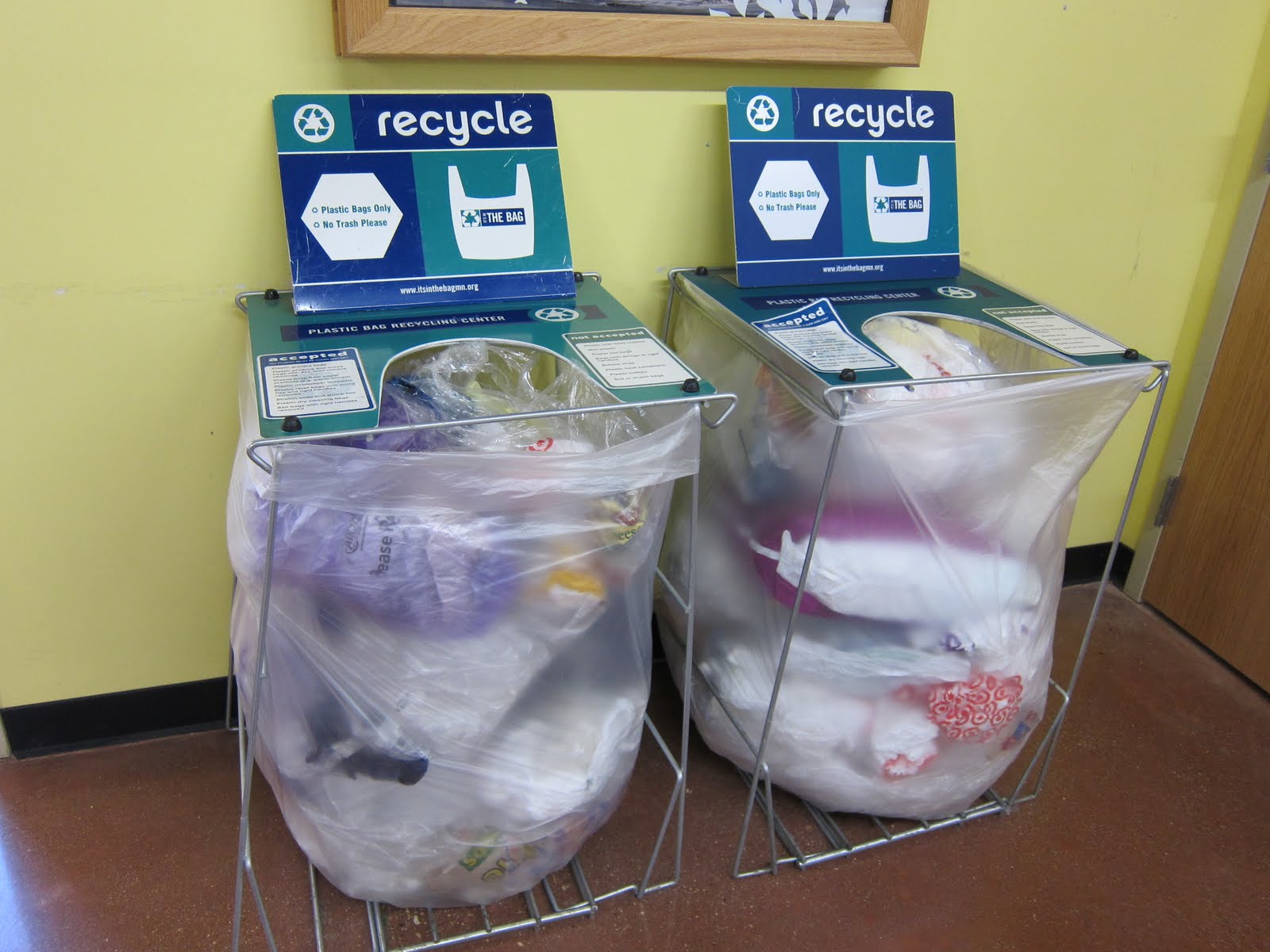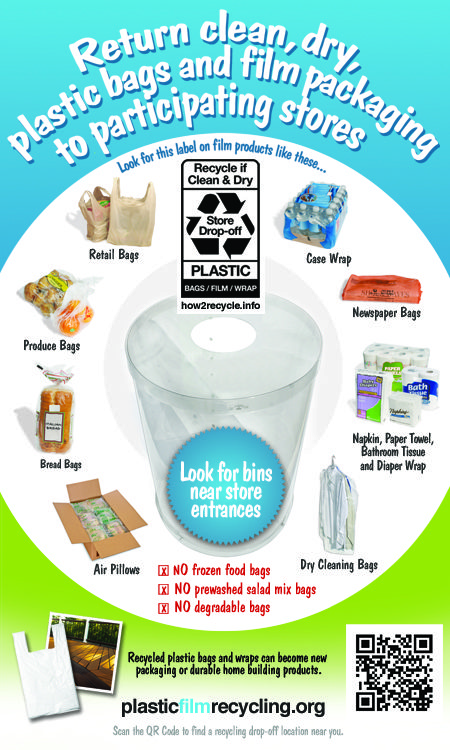Since last fall, ILACSD has received a variety of questions about how plastic bag ban laws will impact the way we shop. For today’s blog, ILACSD’s Director of Development and Marketing, Morgan, will focus on Encinitas’s plastic bag ordinance and tackle some frequently asked questions. Read on to get the answers to your questions and learn about upcoming reusable bag giveaways!
As you may have heard, the California statewide plastic bag ban is now on hold until it can be put on the ballot for a statewide vote. While the battle rages on in the case of California vs. Big Plastic, there is also some news about a local plastic bag ban. You may have heard that back in October 2014, the Encinitas City Council voted to establish an ordinance limiting the usage of single-use plastic carry out bags at local stores. Well, the first phase of that ban is set to go into effect on April 10th. I Love A Clean San Diego is working hard to make sure that Encinitas residents and businesses are informed about the changes before they go into effect. If you live, work, or shop in Encinitas, you can turn to us to get all of your questions answered about how “Encinitas Municipal Code Section 11.26” will actually work.
Also, starting this weekend, ILACSD will conduct a series of bag giveaways at local grocery stores in the community. So keep an eye out on our Facebook and Twitter pages as we announce give-away dates, time and locations.
Here’s a rundown of some of our favorite FAQs:
Why is the City of Encinitas banning single-use plastic carryout bags? Well, plastic bags are extremely lightweight and can act like balloons blowing out of garbage trucks and landfills. These flyaway bags litter our communities, enter storm drains, and eventually end up in the ocean. Plastic is the most common type of litter found on local beaches. Marine life often become entangled in plastic bags and can mistake plastic particles for food, causing harm and sometimes death to the animals. New research suggests that this plastic is making its way up the food chain and is potentially affecting the seafood we eat.
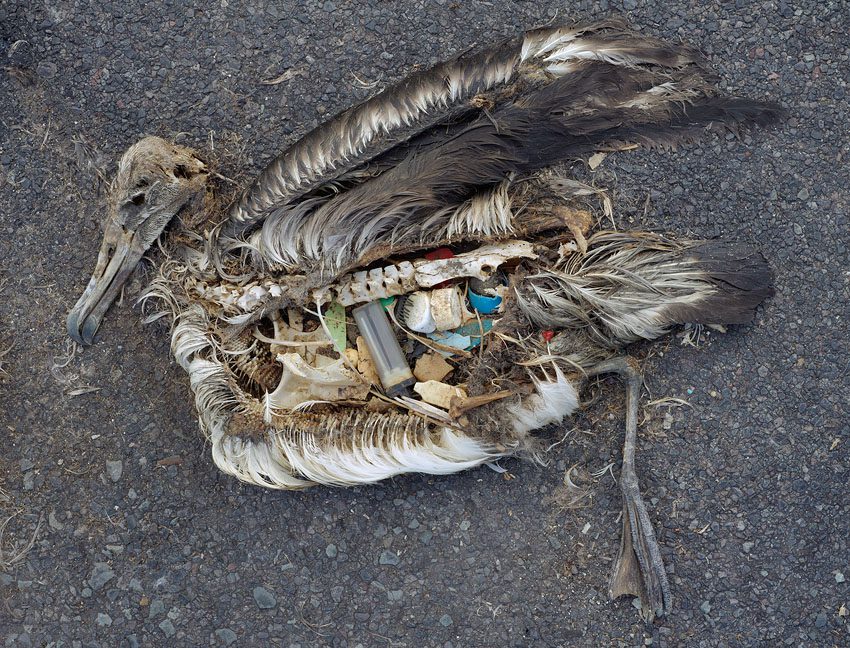
I heard that I will have to pay 10 cents to use my own reusable bag. Is this true? NO! Customers will now have two choices at checkout: bring your own reusable bags to carry your groceries at no cost (some retailers even offer a rebate for each reusable bag you bring) OR purchase bags at checkout. You can buy reusable bags or paper bags for your groceries at a minimum cost of ten cents each. If you forget your reusable bags at home and don’t want to pay for bags, you always have the option of loading groceries back into your cart and putting them directly in your car without any bags.
What about using biodegradable bags? A “biodegradable” plastic bag is not a solution for litter issues associated with plastics. These bags can only break down under very specific conditions and do NOT break down naturally in our waterways, posing a threat to animal life. To fully degrade, these bags require heat and specific bacteria present in industrial composting facilities, and we don’t have any of those facilities in San Diego County.

I line my trash cans with plastic bags from the grocery store. Now what can I use? Trash can liners and large trash bags will still be available for purchase in stores. To cut back on waste, you can buy heavier-weight plastic bags and reuse them after emptying waste into your curbside bin. To cut out plastic bags altogether, line the bottom of your trash can with newspaper or other paper, and rinse it out periodically after use.
I use plastic grocery bags to pick up pet waste. What do I do now? There will still be many plastic bags in circulation. You can use bags from bread, produce, bulk products, or cereal, or purchase a roll of small pet waste bags. To avoid using plastic bags altogether, you can bring last week’s newspaper or a waste-scooping device on your walk and use it to pick up after your pet. Check out other solutions to pet waste disposal in our blog “Scoop the Poop: Alternatives to Plastic Bags”.
I’m worried about bacteria on reusable bags. Are they sanitary? Plastic produce bags will still be available for wrapping meat, poultry, and seafood. Consider carrying these raw meat items in a designated reusable bag each time, separate from fresh fruits and vegetables. To keep your reusable bags clean, just use common sense and everyday hygiene. Throw your cloth/fabric tote bags into the wash with your laundry load to clean them periodically. For thick plastic reusable bags, wipe them clean with a sponge dipped in warm, soapy water and allow them to air dry before storing. Find cleaning tips for your bags and other eco-friendly cleaning tips on our Pinterest board “Clean and Green”.
If you have other questions that are not listed here, please share them in the comments below!


